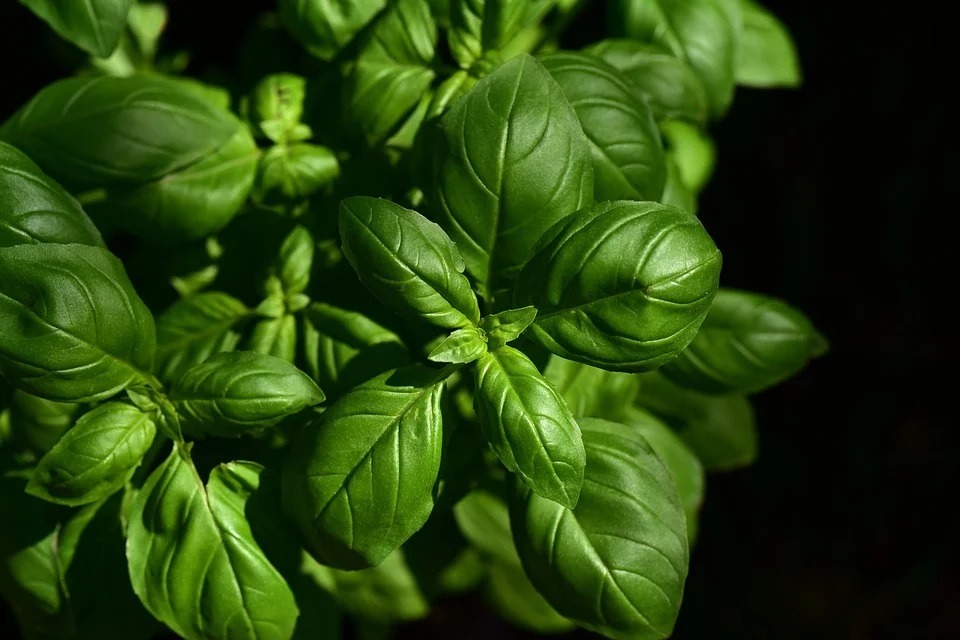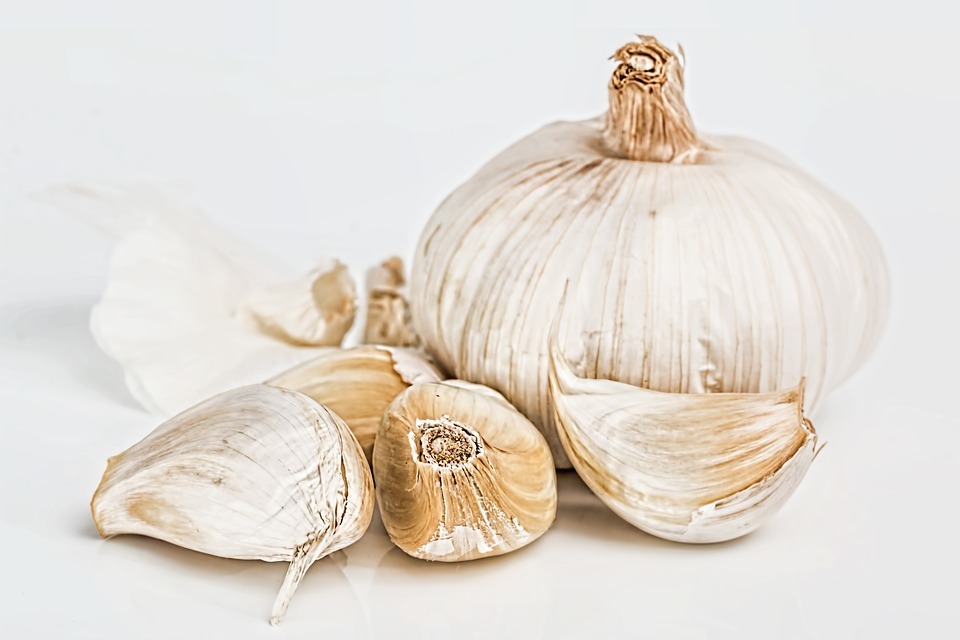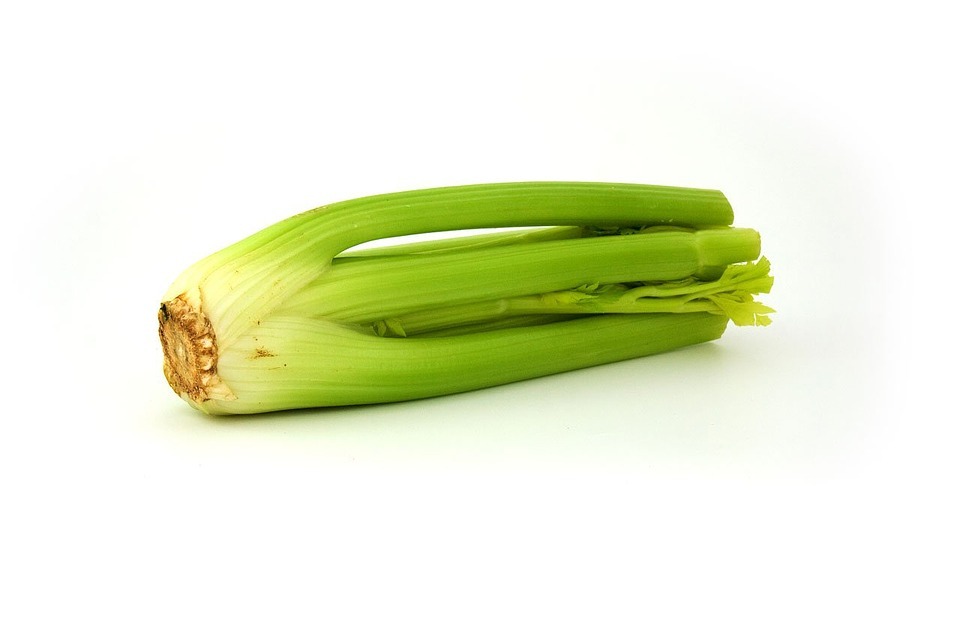Growing delicious, healthy produce from fresh kitchen scraps shouldn’t be seen as garbage gardening. It can cut down on food waste, save you money, and teach a valuable lesson on nature and sustainability. From ginger roots and beets to onions and celery, scraps usually have lots of life left; they only need the chance to dodge the compost pile.
It’s not unusual to grow plants from the inedible parts. Gardeners periodically grow crops with pieces of plants. For example, gardeners grow garlic from single cloves and start peppers and tomatoes from salvaged seeds. They even grow fresh potatoes from their sprouting eyes.
To have a shot at scrap gardening, begin with some simple-to-grow scraps. You may also experiment with other vegetables by following instructions for veggies that grow in the same way. Grow your fresh produce indoors in containers or decorative saucers year-round, or move them outdoors to your garden in spring.
Growing Cabbages, Celery, and Lettuce From Scraps
You can place the bottom cores of bok choy, cabbage, celery, and lettuces in shallow dishes of water by a sunny window until they start taking root, and you begin to see growth in their leaves. However, it may not give you the quality the original greens had.
Growing Green Onions or Scallions and Leeks From Scraps
As long as the roots remain on the vegetables, you can still regrow them. Place the scallion or leek roots in a dark container with water, and allow them to grow and the greens to come back. You can harvest the greens a little at a time after that.
Growing Herbs from Sprigs
Herbs may be among the easiest produce to keep regrowing in your home kitchen—plop them fresh from the store into a dark-colored vase filled with warm water. That way, they’ll last longer and take root, giving you a whole new plant.
Easy-to-grow plants such as mint will work well for this, but even rosemary and basil may sprout with a bit of coaxing. As soon as the roots form, plant the herbs in a pot by the windowsill or your garden.
Growing Greens From Scraps
Grow greens of your favorite root vegetables by topping off the top of fennel, beets, or turnips and set it in a shallow dish under the sun, then plant it once there’s development in the root growth.
Growing Potatoes and Sweet Potatoes From Scraps
Potatoes are pretty easy to regrow from clean kitchen scraps, especially in the spring. Any potatoes you purchase this time of year were dormant for so long that they’re ready to grow. You can chop the larger potatoes into smaller chunks with a few eyes on them, and the smaller ones can go into the compost pit.
It’s also easy to grow sweet potatoes from leftover vegetables—just allow the vine to sprout out from one of the tips. While you may not harvest another potato, the leaves of a sweet potato vine are edible, and it also makes a great houseplant.
How to Harvest Seeds
You can harvest seeds to begin your seedlings from specific methods, including tomatoes and winter squash. The latter’s seeds are already ready to grow, while tomato seeds have to be dried on a coffee filter and planted after being taken off from the tomato.
Although bear in mind that you may not get the exact type of tomato with the seeds. Supermarket tomatoes are most likely hybrid tomatoes with unstable genetics, which will not grow in the same tomato type. If the tomato is an open-pollinated heirloom, you’ll know better what to expect.
Garden Aftercare
Moving your fresh produce from one location to another may be traumatic for them, but there are notable plant starters that contain B1, which aids in reducing transplant shock. The micronutrients bring new plants the perfect boost they require to reach their full potential. Also, if you’re having a hard time dealing with the laborious task of gardening, you can utilize your golf cart for the garden duty to make it even more helpful.
Once you’ve planted your freshly rooted scraps in your garden, or the container plants move outside under the summer sun, handle them just like how you take care of the other fruits and vegetables you grow out. Natural-based fertilizers and regular watering aid in providing extra nutrients. For help in controlling unwanted outdoor insect pests, you can always turn to trusted pesticides.
Whatever type of pesticide you choose, you should always read the label and suit your pest and plant problem to the product. Follow the instructions for treatable plants and the time required between your harvest and the treatment, known as PHI or pre-harvest intervals. For example, ready-to-use pesticides treat lettuce up to one day before your harvest but require seven days between harvest and application for onions or garlic.
By growing your new food out of clean kitchen scraps, you can reduce food waste while connecting with nature and having some fun.



